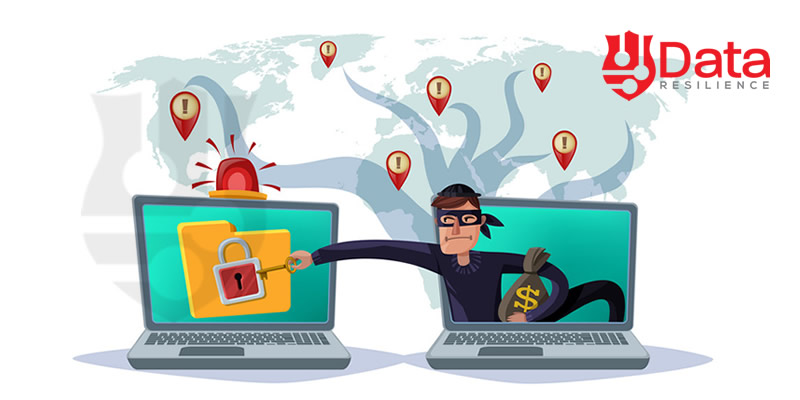Every year, the business houses have to face new cyber challenges such as cybersecurity threats, breaches, and vulnerabilities of the existing systems. It is very essential for every business house or corporate sector to have sound risk management with systematic processes to respond to the risks efficiently.
What Do You Mean By Cyber Risk Management?
Cyber risk management is a gradual ongoing process of identifying, analyzing, evaluating, and finally addressing the organization’s cyber risks such as cyber threats or breaches. In order to manage cyber risks, every organization must assess the potential impact of any cyber event and work to determine the appropriate approach to deal with various cyber risks. Moreover, it will help you in understanding the severity of such cyber risks. To effectively mitigate the cyber risks, the cyber management team must determine the best approach to eliminate the threats and within the organization’s budget. It is all about managing the effects of uncertainty on organizational objectives in a way that makes the most effective and efficient use of limited resources.
Effectively Balancing The Risks vs Rewards:
The key to improving cyber risk management is to create a balance between risk against reward. This can be done by making well-informed risk management decisions that are directly aligned with the objectives of the organization.
In this process, you need to
- Assign various risk management responsibilities
- Effectively establish the organization’s risk appetite and tolerance
- Work on a specific standard methodology for assessing risk and responding to the risk levels
- Continuous risk monitoring on the ongoing risk management activities.
Maintaining A Reliable Understanding Of The Network:
The cyber risk management team must obtain as well as maintain a secure and reliable understanding of the entire network. It will help you in ensuring that all the assets are properly identified and are under active security management. Generally, cyber risks evolve over time with changes in the network. The upcoming changes lead to vulnerabilities. To effectively manage these vulnerabilities organizations and business houses develop an active and ongoing program for the maintenance of the internet protocol (IP) footprint.
Major Security Awareness Programs:
A recent study on Cyber Tracking In Organizations stated that almost 70 to 80 percent of the security breaches involve human error. These are not malicious acts but the carelessness of the employed staff. These security breaches are preventable but how?
In order to effectively change the behavioral pattern, employees must understand the importance of the data and its security. The corporate sector must organize various Security Awareness Programs to bring a change in the organizational behavior of the employed staff. The program must effectively implement successful security best practices through training programs
Consider the answers to the following questions.:
- Does the cyber risk assessment program assess your users’ ability to spot real-world phishing attacks?
- Is the training provided to employees effectively in identifying phishing and other social engineering tactics?
- Is there flexibility for planning, scheduling, and running the program?
Working On The Weak links Or Loopholes With Regards To The Cyber Security Process And Policy:
The technological security systems operate as a separate function and this requires effective communication and well-managed coordination. So every business house or organization must have an evaluating security system that can assess the effectiveness of all the cybersecurity systems and identify the loopholes if any. Determination and identification of the technical flaws can be useful in understanding the effectiveness of the process, procedures, cyber breaches, and cyber theft. Basically, the best indicators of security risk are associated with the presence of an effective cyber policy and the adherence to that policy, rather than the presence or absence of technical faults.
You Must Not Lose The Sight Of Data:
The organization, before analyzing any of the security controls, must have an understanding of the data that is required to support the business and segregates into sharable and confidential. Having a proper control of the flow of data will help you to improve the basic process of Cyber Risk Management. Moreover, it will be very useful in the identification of the cyber risks that are associated with the business model.
Conclusion:
A well managed and organized cyber risk management program should establish effective communication and spread awareness about those cyber risks and threats. To improve Cyber Risk Management, the risk decisions must be well-informed, considerate, and formularized in the context of organizational objectives.
For more information, visit www.dataresilience.com.au or drop us a note at [email protected]


